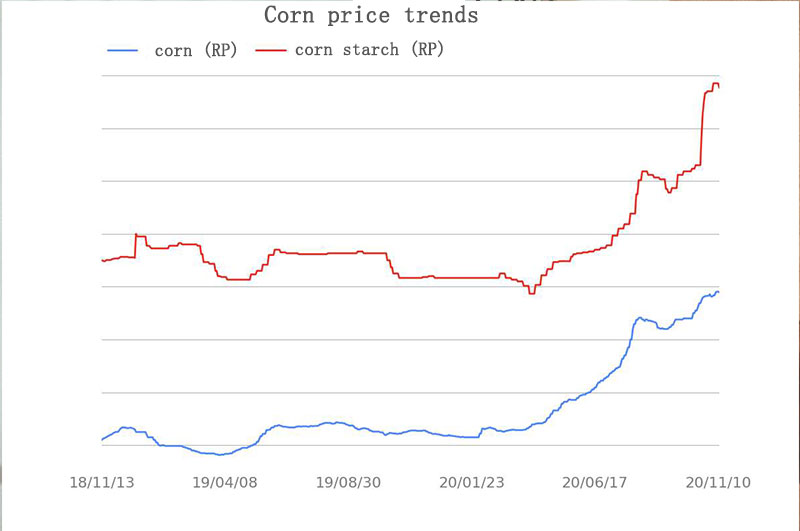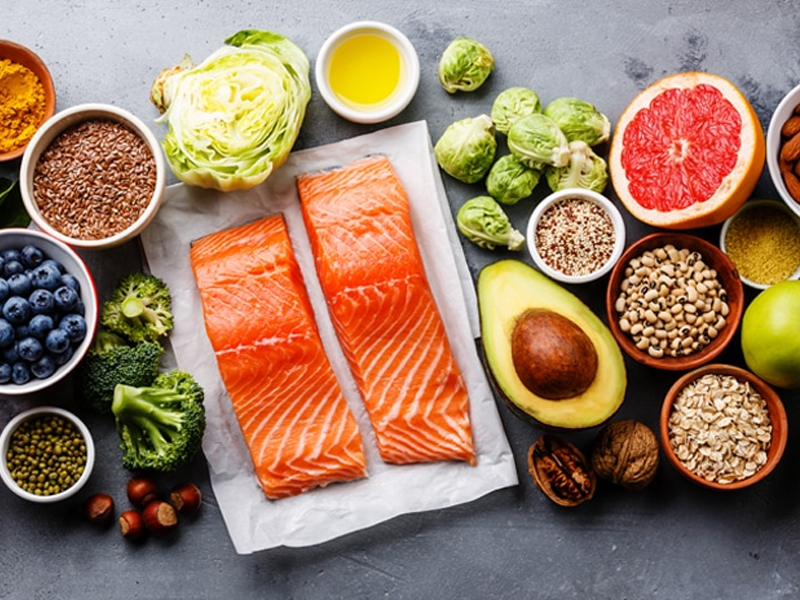Konjac Flour 101: What Even Is This Stuff?
Derived from the root of the konjac plant (a.k.a. “devil’s tongue”), organic konjac flour is a powerhouse of glucomannan—a water-soluble fiber that absorbs 50x its weight in water. With zero calories, zero carbs, and a legendary reputation in Asian cuisine (think: shirataki noodles), it’s a keto and diabetic darling. But here’s the rub: glucomannan’s superpower—its indigestibility—is both a blessing and a curse.
The Digestion Dilemma: Why Konjac Flour Tests Your Gut
1. The Fiber Overload
- Glucomannan’s Vise Grip: Unlike typical fibers, konjac’s glucomannan forms a viscous gel in the stomach, slowing digestion. For some, this feels like a rock in the gut.
- Stomach Stretching: Swells to 200x its dry volume when hydrated—great for appetite suppression, terrible for IBS sufferers.
2. The Fermentation Frenzy
Gut bacteria feast on undigested glucomannan, creating:
- Gas: Hydrogen and methane production → bloating and flatulence.
- Short-Chain Fatty Acids: Good for colon health but can trigger urgency in sensitive guts.
3. The “Blockage” Risk
While rare, overconsumption without enough water can cause:
- Esophageal or Intestinal Blockages: FDA warns against konjac-based jelly candies for this reason.
Organic vs. Conventional: Does Purity Matter for Digestion?
| Factor | Organic Konjac Flour | Conventional Konjac Flour |
|---|---|---|
| Fiber Purity | 90–95% glucomannan (no fillers) | 70–80% (often cut with starches) |
| Processing | Air-dried, no bleach | May use sulfur dioxide/sulfites |
| Hydration Speed | Slower (gentler on digestion) | Faster (higher blockage risk) |
| Toxic Residues | None (USDA Organic certified) | Pesticides like chlorpyrifos |
Verdict: Organic konjac is milder but equally challenging to digest in large doses.
Konjac Flour vs. Other Fibers: Digestibility Showdown
| Fiber Source | Soluble/Insoluble | Calories | Gas Potential | Gut-Friendly? |
|---|---|---|---|---|
| Konjac Flour | Soluble | 0 | High | ❌ (For sensitive guts) |
| Psyllium Husk | Soluble | 20 kcal/tbsp | Moderate | ✅ (If hydrated) |
| Oat Bran | Insoluble | 30 kcal/tbsp | Low | ✅ |
| Chia Seeds | Both | 60 kcal/tbsp | Low | ✅ |
Takeaway: Konjac is the most potent and least gut-friendly fiber.
Who Should Avoid Konjac Flour?
- IBS/IBD Warriors: High-FODMAP and gut-distending.
- GERD Sufferers: Delayed gastric emptying worsens reflux.
- Dysphagia Patients: Swallowing risks (per EU health warnings).
- Low-Fiber Newbies: Start with gentler options like chia.
Safe Use: How to Tame Konjac Flour’s Wrath
- Hydrate or Die: Always pre-soak in water (1 tbsp flour + 1 cup water for 10 mins).
- Start Micro: 1/4 tsp daily, gradually increasing to 1 tbsp over 2 weeks.
- Blend It: Mix with psyllium or oats to dilute the gelling effect.
- Chase with H2O: Drink 8 oz water immediately after consumption.
The Organic Edge: Where Konjac Flour Shines
For resilient guts, organic konjac offers:
- Zero-Carb Baking: Perfect for keto bread and gluten-free noodles.
- Detox Support: Binds to heavy metals (studies show 30% mercury reduction in mice).
- Skin Savior: DIY face masks reduce acne (anti-inflammatory properties).
The Verdict: A Double-Edged Sword
Organic konjac flour is a fiber titan—ideal for weight loss and metabolic health, but its digestion demands respect. If your gut is ironclad, it’s a revolutionary tool. For others? Proceed like you’re defusing a bomb: carefully, slowly, and with a lot of water.
Digest smart. Your gut’s tolerance is the final boss.
Recommended Product
Organic Konjac Flour
Multi-Functional Ingredients for Gut Health, Weight Management & Clean-Label Innovation


